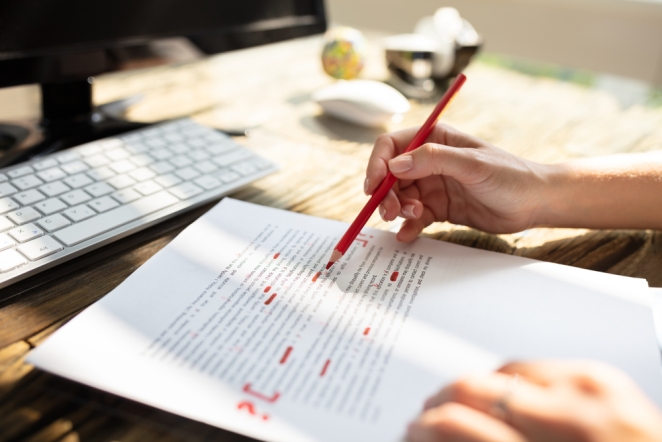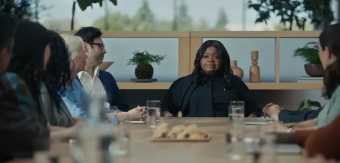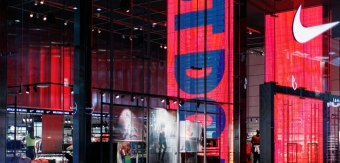Ever since our ancestors first gathered around campfires, listening in silent wonder to spoken history, people have always loved stories.
We’re hardwired to adore a tale well told — which is one of the many reasons great copy is critical to effective marketing.
Here’s how you can use a good story to your advantage.
The neuroscience of narrative

When we hear a fact, the data centres in our brain activate. But when we hear a story, our sensory centres fire up.
Studies show that during successful communication, speakers’ and listeners’ brains exhibit joint, temporally-coupled response patterns. In other words, the same areas of the brain activate in both the storyteller and the listener. And our brains react as if we’re experiencing the story ourselves.
We have a powerful emotional reaction to stories because they make us part of something bigger. They also connect us to the rest of humanity — transporting us across time and distance.
Use stories to sell

Because people are social creatures, stories have always been a highly effective way for us to transfer information from one group to another.
“All successful marketing communication comes back to telling a story,” says copywriter Phil Barker. “Good copy is clear, sharp, concise, and targeted at the reader in a brand’s tone of voice. But great copy has an element of human creativity — an inspirational spark that elevates the message and goes straight to the reader’s heart.”
Copy works when it communicates a message that proposes value for the reader. It can be what keeps people on a homepage longer, or what makes them consider one brand over another. It doesn’t matter whether the topic is industrial machinery, skincare or a new government initiative; well-written copy should sustain the reader’s attention.
To craft meaningful stories, you need to understand what your audience really values. If it’s the environment, sustainability is key. If it’s inclusion, it’s a story that’s encompassing for all.
Just remember, copywriting should never be used as a cheap trick.
If you don’t mean what you say, people will see straight through your story.
Focus on the details

Just as great copy is the cornerstone of effective marketing, bad copy can damage a brand.
While sometimes necessary, copy that simply lists product attributes and industry jargon can be boring. Sure, all the key information might be there, but if readers’ eyes have glazed over and they’re already heading somewhere else, there’s no happy ending to your sale.
Spelling mistakes and bad grammar also send a strong negative message. If a brand can’t even get the small things right, why would you trust it to sell you a bagel, a car, or a dictionary?
If you know details aren’t your strong suit, ask a colleague, friend or family member to run their eyes over your work. A fresh set of eyes is likely to pick up on something you may have missed, and it’s far better to catch that before you print 250 brochurrs. (Yes, that typo is intentional. Copy that’s surprising gets cut-through. How clever of us.)
Make an emotional connection

Stories usually focus on connection and relationships, so copy can be an excellent emotional bridge to customers — especially when your communication becomes a conversation.
Every word generated by your brand is important. All content you produce is part of your ongoing brand story and important to long-term bonds with customers.
All communication should be written or spoken in a consistent brand personality, which includes your voice, tone, traits and more.
Here’s why: if you relied on a friend to be warm and responsive and they switched to cold and indifferent, you’d question the change. In the same way, suddenly altering your tone or message could end a carefully curated customer relationship.
To develop your personality, think of your brand as a character. How do they sound? What words do they use? Are they formal and professional? Or do they like to joke around?
Putting these things on paper will help establish a consistent guide for anyone who communicates through your brand.
When writing copy about your brand, product or service, consider how you can weave storytelling elements into your content. In the end, this could be the magic tool you need to transform a potential customer into a fan of your brand.






